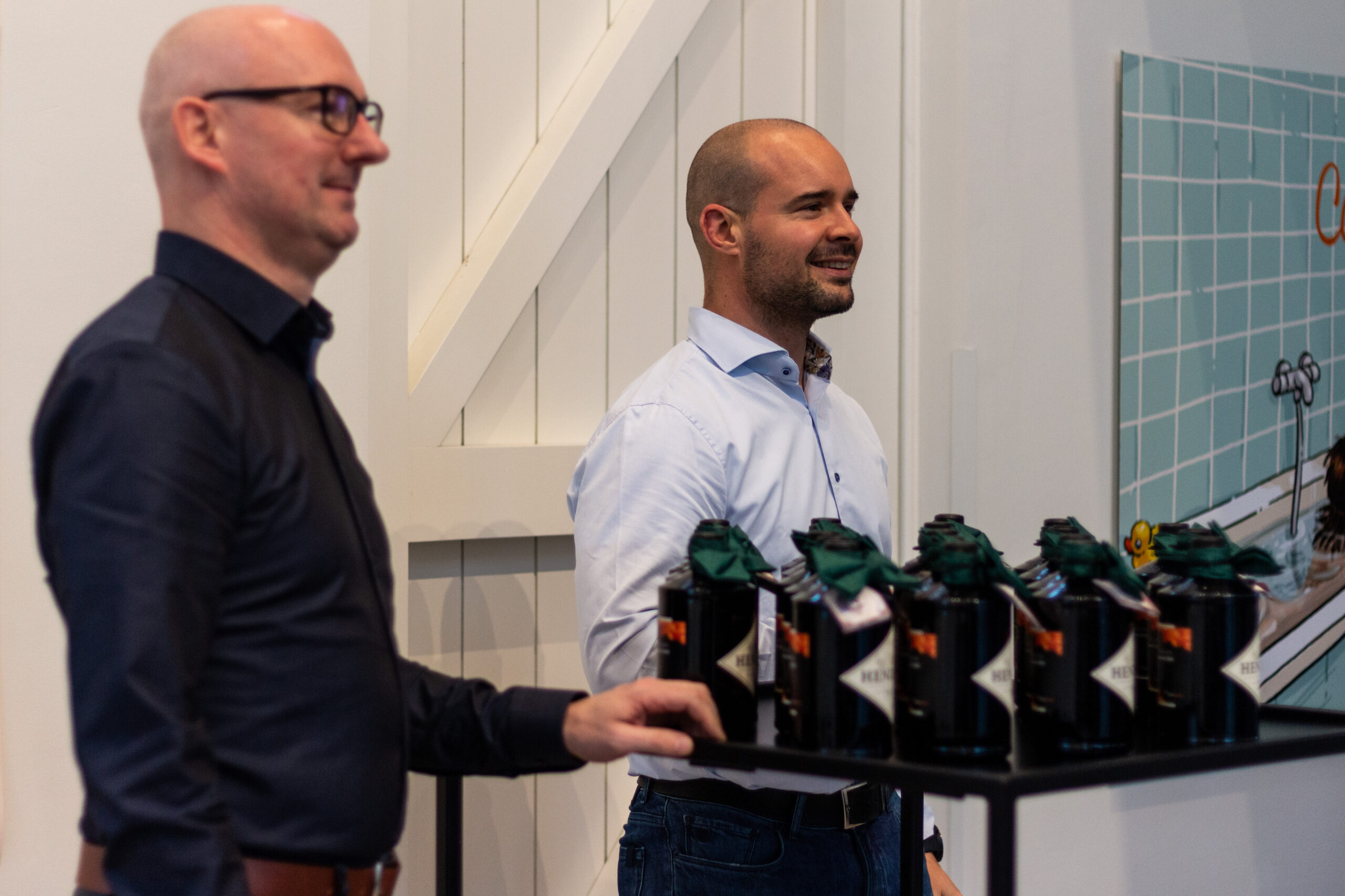
FlowFactor’s 2022 DevOps Advice for CTOs
16 February 2022
Kilian Niemegeerts

In the previous part of this interview, we discussed the managerial advantages of implementing DevOps in your organisation and why this is an ongoing iterative process. In this second part, we will examine some of the technological trends in DevOps land. Which ones are worth pursuing? Which ones need more maturing to be viable? Last but not least: which ones are just marketing buzzwords with no significant content? Joining us once more are FlowFactor’s cofounders, Kilian Niemegeerts and Johan Janssens.
Staible and AIOps: trust through automation
Kilian starts us off: “Like we discussed in the previous article, most organisations are still in the early stages of the iterative DevOps implementation process. However, we don’t want to keep clients waiting for the next big thing if they have advanced significantly. Well, we have an exciting announcement when it comes to innovating DevOps: we recently launched our subsidiary Staible to put the spotlight on AIOps. AIOps focuses on enhanced automation through artificial intelligence and uses both preemptive and proactive monitoring to make its own decisions, decreasing valuable downtime to virtually zero.”
“AIOps is not a next-generation iteration of DevOps, but a highly recommended and even necessary addition. From our perspective, it’s clear that clients, both small and large, lack the human resources to provide optimizations. People spend 60 to 70 percent of their time in disaster calls and war rooms, taking up valuable time that could otherwise be spent on improving and development. COVID-19 has made the importance of work-life balance apparent to many employees, and we want to lighten their workload. Less nightly repairs and work reminiscent of a factory’s conveyor belt, and more time spent on innovating and engaging their expertise.”
“I like to think of DevOps as mainly concerned with the development part, while AIOps is centralised around operations. Its feedback will be used as input for the entire DevOps cycle, further optimising the system by monitoring the production environment. Once the necessary savings have been found in production, other environments can be added as well. I think the operations part is long overdue for some much-needed love and attention, so I am excited about the new opportunities AIOps will provide.”
Cloud-native: serverless vs. cloud functions
Besides AIOps, serverless computing is another promising technology, though Kilian is not a fan of the term: “In the end, there’s still a server running everything, so I find it a bit misleading. That’s why I prefer the more neutral and accurate cloud functions. These functions are only launched when called for, allowing developers to focus on the code by taking away the headaches of server management and scaling, making code independent of operating systems. We consider this a potential avenue for DevOps in 2022, but not a requirement like AIOps. In our opinion, 90 percent of companies are not yet ready to fully embrace cloud functions as a way of working”.
Besides, working with cloud functions may not always be the way to go: “Companies that started cloud-based will have an easier time adapting, but even these companies could not and should not adopt cloud functions entirely. Making your static website into one based on cloud functions, for example, would mean paying per hit and therefore increased costs. Here, we would suggest running the website in a container, which is more static because of its fixed fees and monitoring capabilities. Luckily, our experience helps us to rapidly identify the different needs of our clients. Cloud functions in particular require a lot of knowledge to implement properly, and sadly, very few people know how to handle them correctly at the moment.”
Google Anthos
Another tech trend requiring an asterisk is Anthos, Google’s hybrid and multi-cloud platform. Johan elaborates: “Like cloud functions, it remains to be seen if the hybrid infrastructure and its multi-vendor aspect will be beneficial to all of our clients. Since using more providers implies fewer volume discounts, that so-called single pane of glass approach may not be the most financially feasible way of working, especially for large enterprises and other high-volume environments.”
Kilian agrees: “We’ve been hearing that hybrid cloud has been the way to go and the future of architecture for a few years now, but we’re yet to see widespread adoption. Companies often use multiple vendors, but I find it hard to believe that a development team coding cloud functions in, for example, AWS’s Lambda service will be very excited to develop those same functions in Azure and Google Cloud. These kinds of development environments are often under a lot of (time) pressure, which obviously does not help.”
DevSecOps: buzzword or business-worth?
To close out the interview, we asked Johan and Kilian’s opinion on DevSecOps, a term that has recently started circulating and supposedly adds security to the development and operations aspect. The consensus seems clear: “this term is pretty much meaningless since DevOps should include security as one of its essential aspects – and has always done just that. Let us be very clear: DevOps without security is not DevOps. Cramming security in there as a marketing stint changes nothing to the reality of implementation.”
In an upcoming article, we will check out the security aspect of DevOps in greater detail, and why this should always be a part of the process. Be on the lookout for more interesting opinion pieces soon!

Sorry, the comment form is closed at this time.